"Forgotten Breath, Remembered Life"
Breathing is a necessary condition for human life, but humans forget that they are breathing on earth. Just as they forget that they are breathing, they also forget the value and significance of being alive. When standing between life and death, human beings remember important things that they had almost forgotten before. Sometimes it is not possible to remember until the very end of life, and the moment one remembers, life is over. Without knowing death,
you will never know life. The art of knowing death while still alive is a profound human experience.
Tomohide Ikeya has been diving into the water without oxygen cylinders and taking photographs of people in the extreme conditions of life and death under the theme of BREATH, which is far more inconvenient for people underwater compared to on the ground. While the models are usually underwater for 30 seconds to a minute, Ikeya spends up to two minutes underwater, during which time he swims with them and struggles with breathing difficulties while filming.
you will never know life. The art of knowing death while still alive is a profound human experience.
Tomohide Ikeya has been diving into the water without oxygen cylinders and taking photographs of people in the extreme conditions of life and death under the theme of BREATH, which is far more inconvenient for people underwater compared to on the ground. While the models are usually underwater for 30 seconds to a minute, Ikeya spends up to two minutes underwater, during which time he swims with them and struggles with breathing difficulties while filming.
Some people with physical disabilities volunteered to be models for the underwater photographs.
By standing on the edge of life and death, human beings can more strongly realise the appreciation of life and the power of life to live in defiance of the oncoming forces of death. This is something we have all experienced once or twice in our lives,
but we tend to forget about it as we become mired in the boredom of monotonous, repetitive days and the common sense of a grim world.
Ikeya has symbolically extracted the borderline between life and death by utilising the underwater environment, and has fixed it in her photographs. By looking at these photographs, you may be able to recall the power of life that lies dormant in your memory.
By standing on the edge of life and death, human beings can more strongly realise the appreciation of life and the power of life to live in defiance of the oncoming forces of death. This is something we have all experienced once or twice in our lives,
but we tend to forget about it as we become mired in the boredom of monotonous, repetitive days and the common sense of a grim world.
Ikeya has symbolically extracted the borderline between life and death by utilising the underwater environment, and has fixed it in her photographs. By looking at these photographs, you may be able to recall the power of life that lies dormant in your memory.
Wind Traveller Editor in Chief
Tsuyoshi Saeki.
Tsuyoshi Saeki.



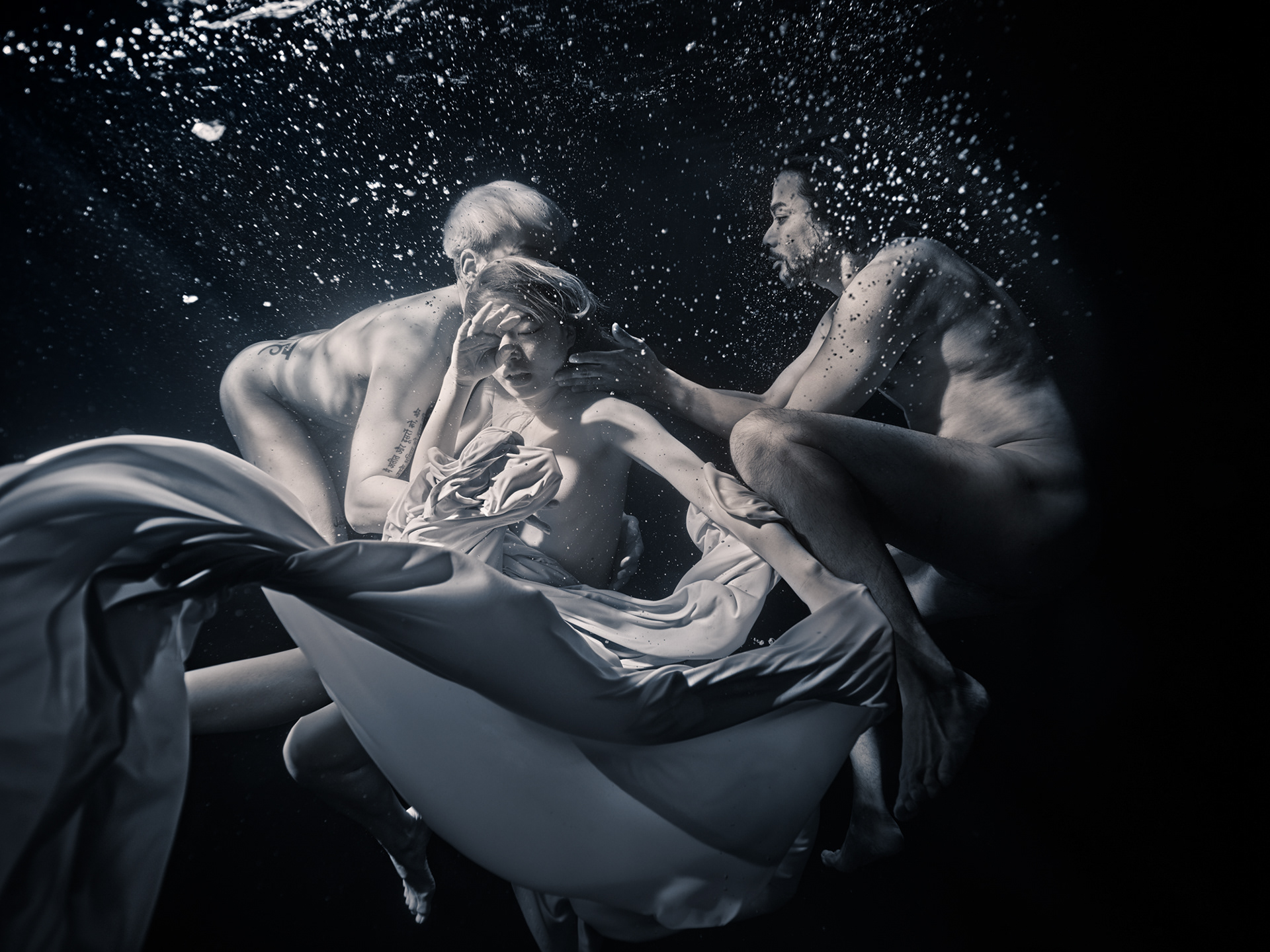

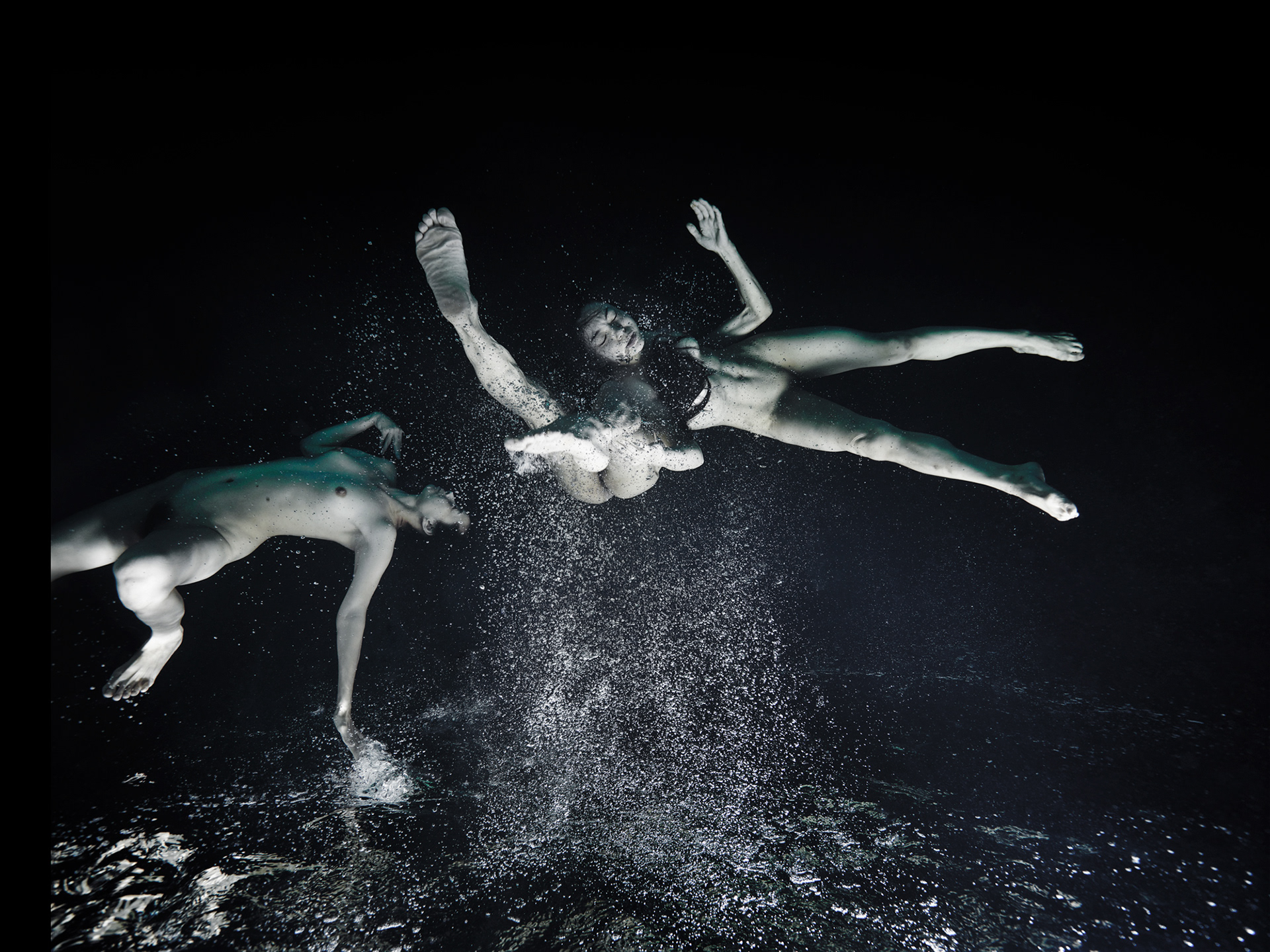
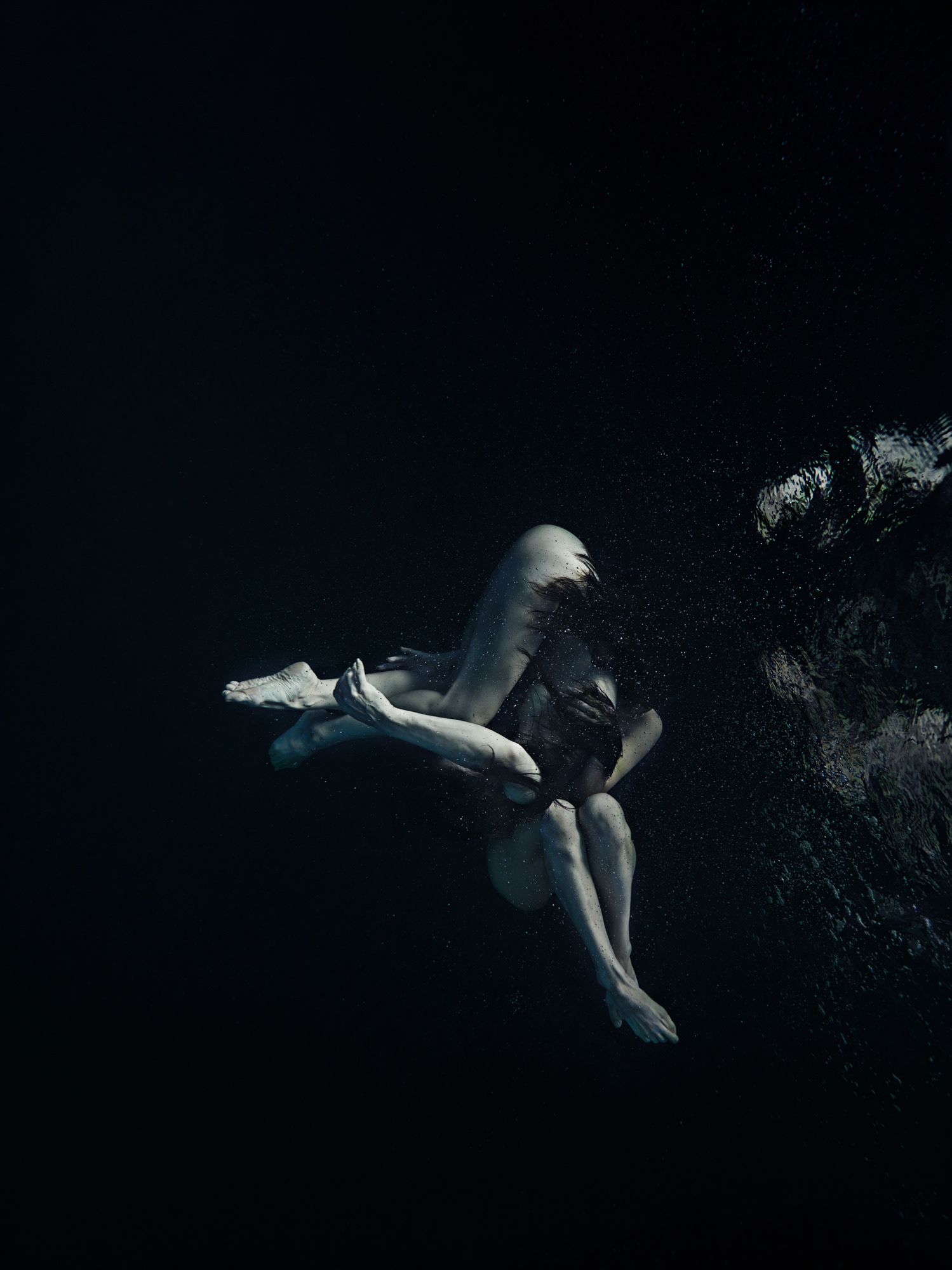















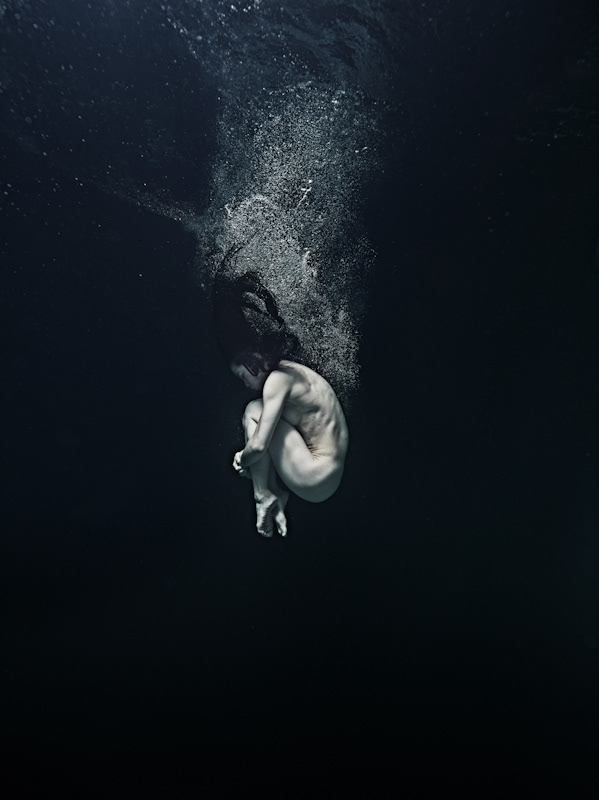





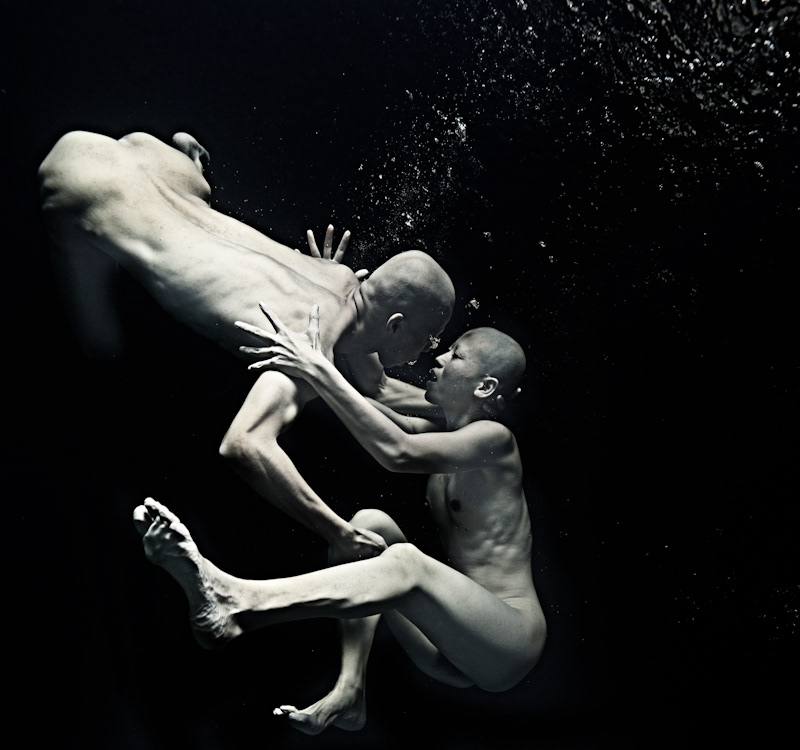


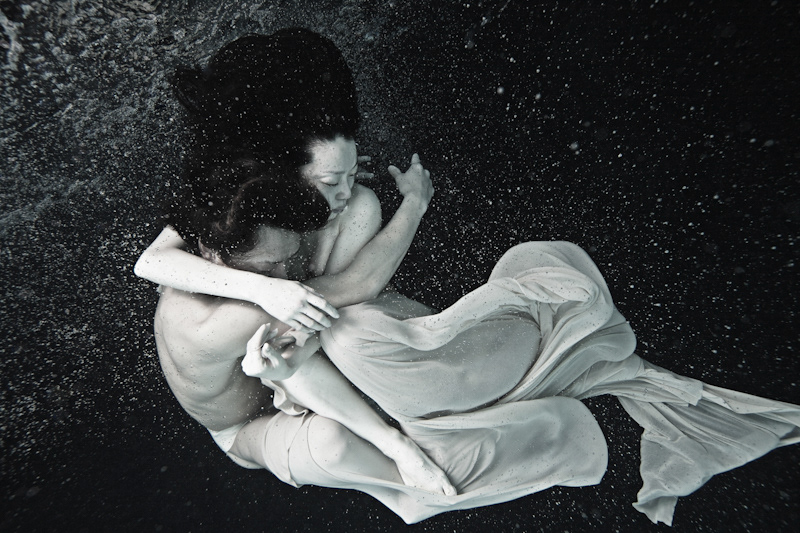


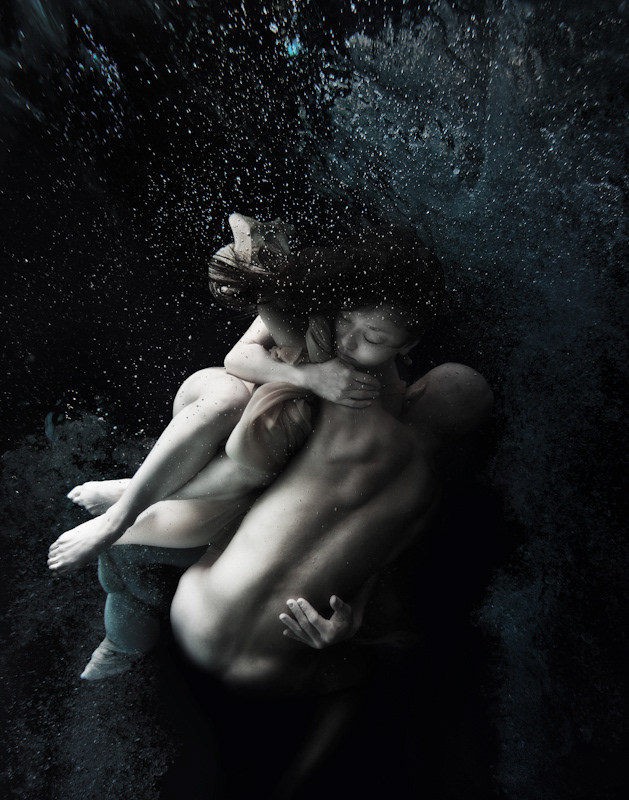





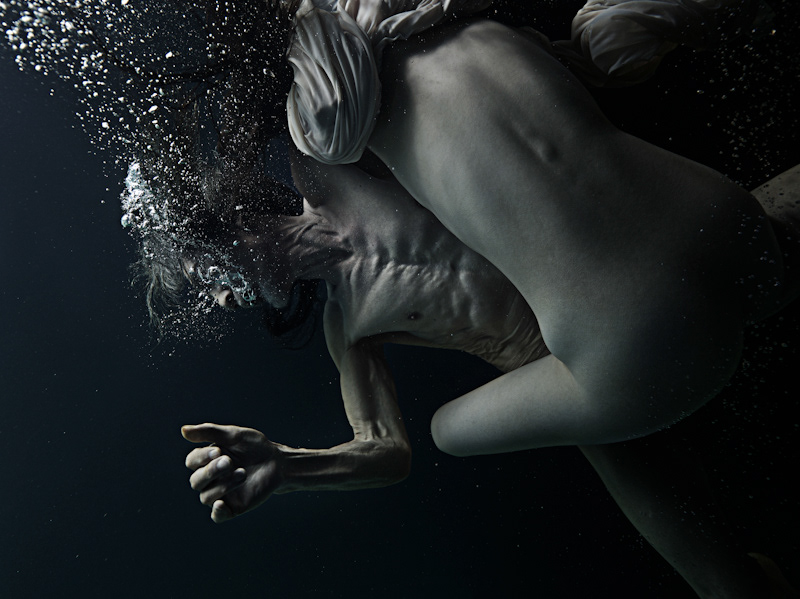






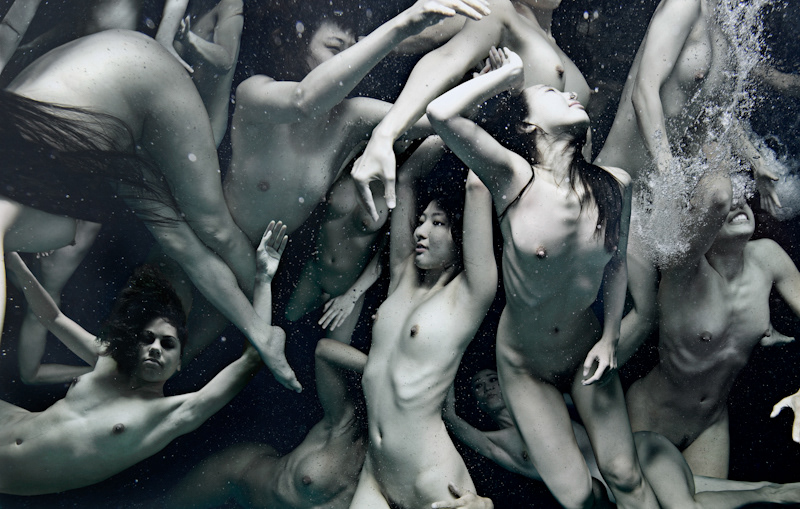



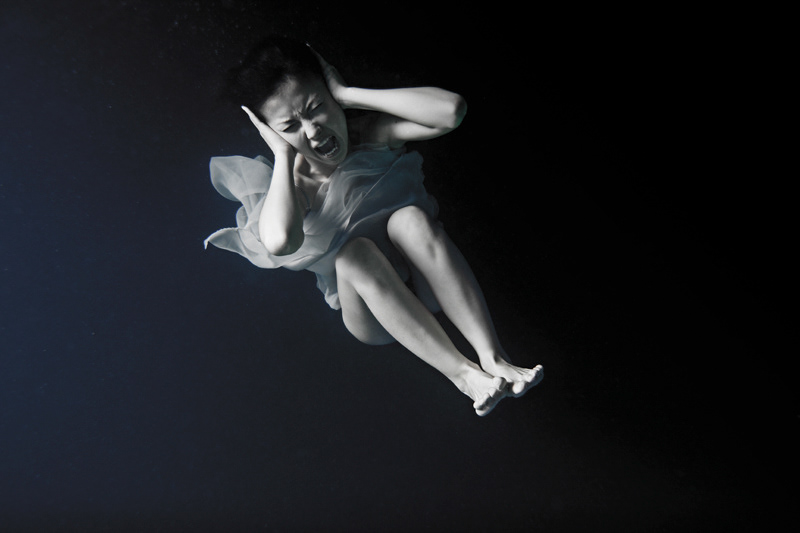

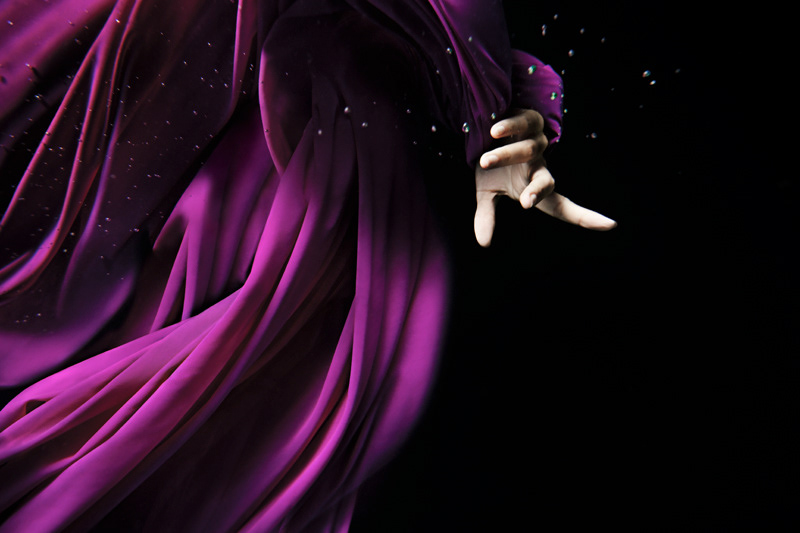

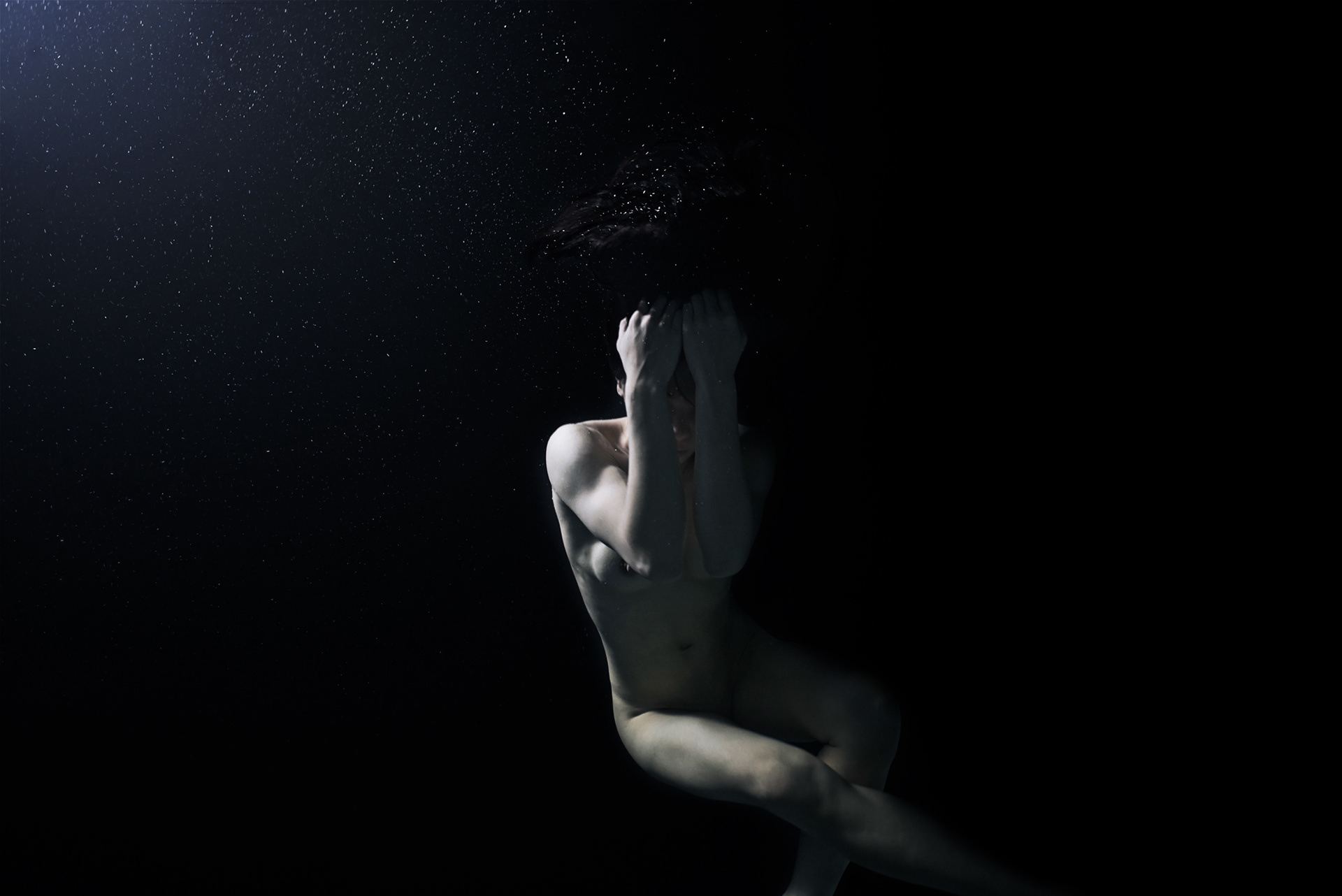
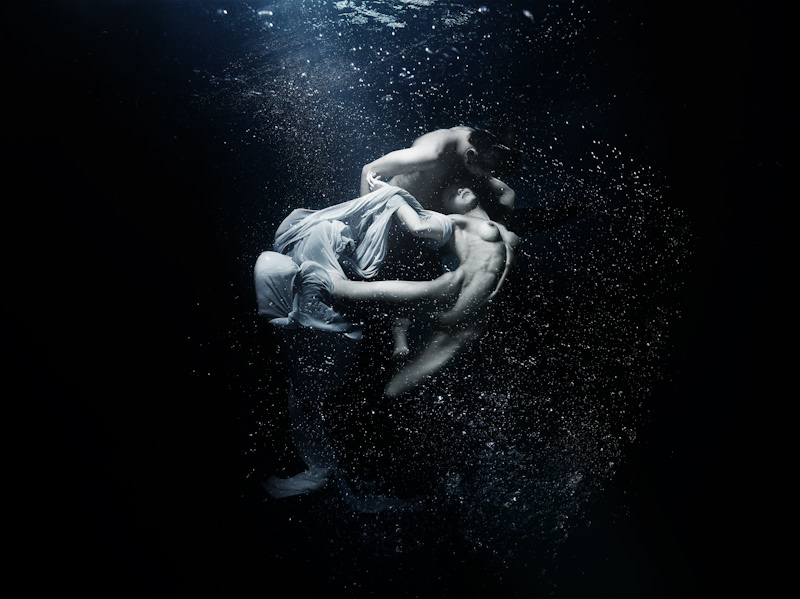




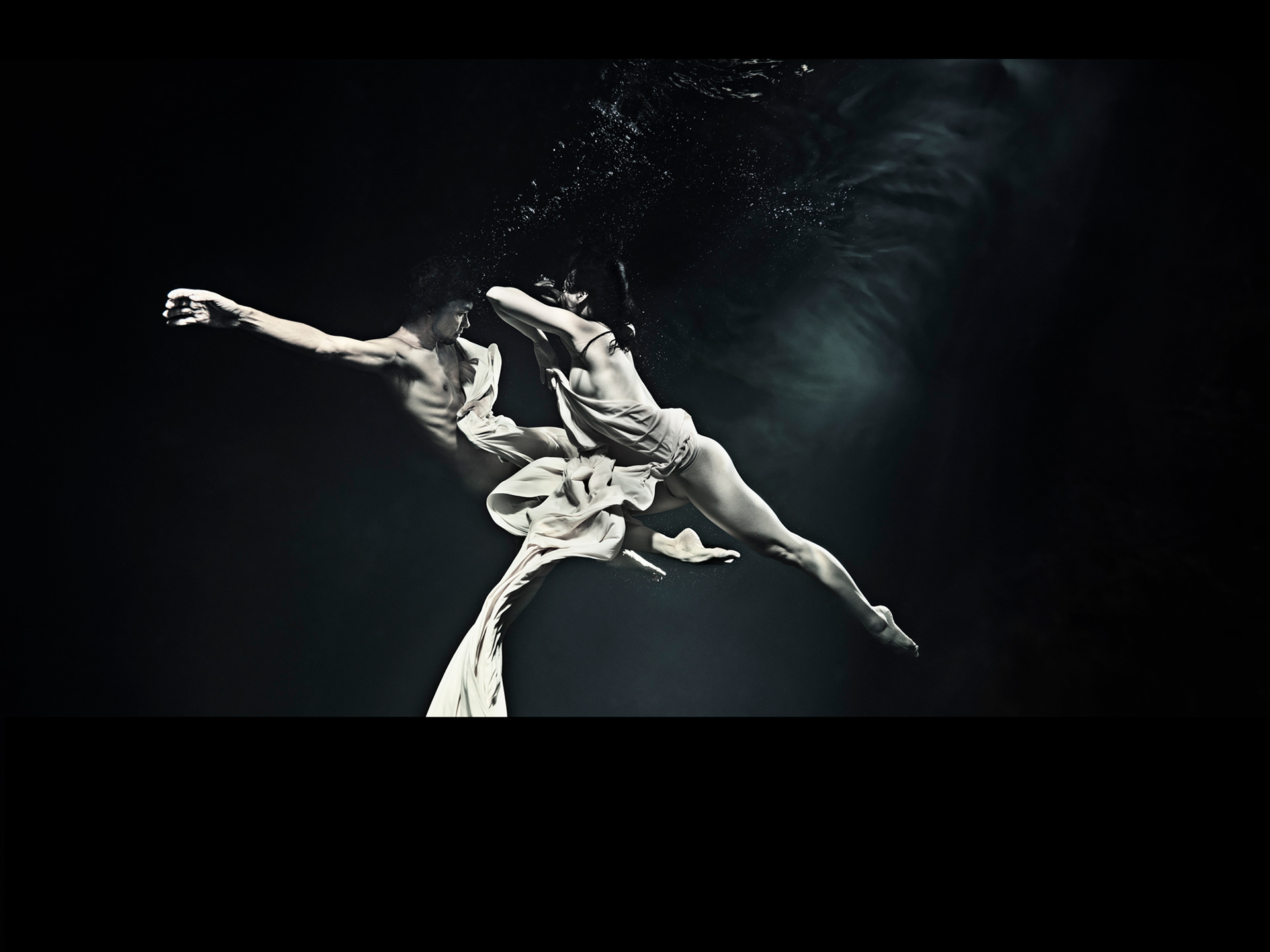




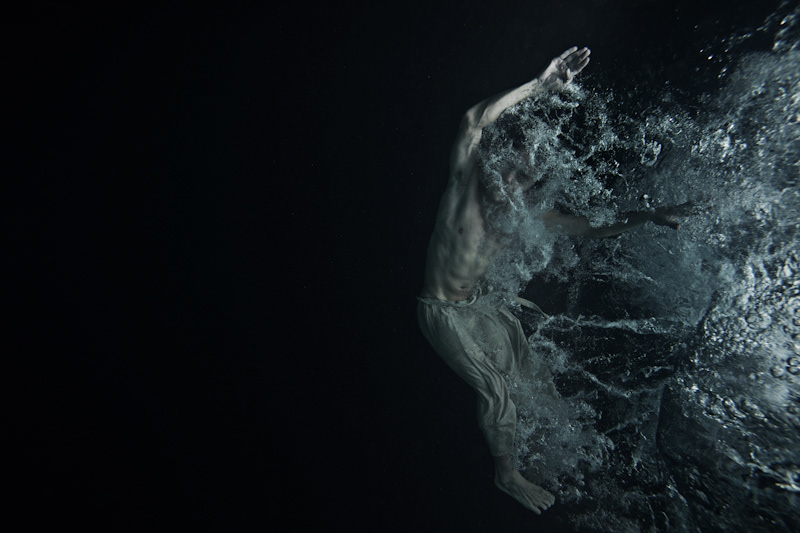









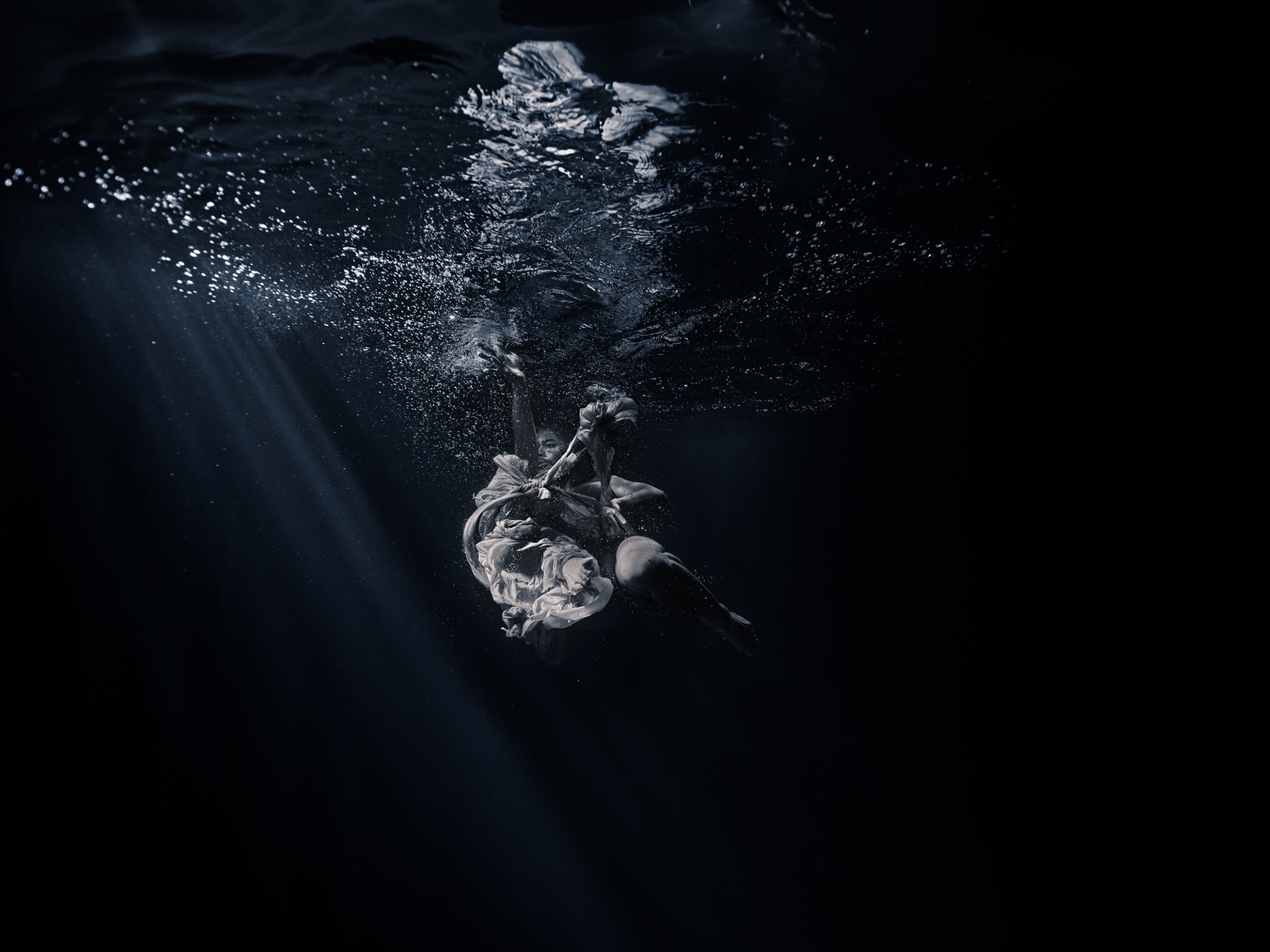



"Another Weightlessness" feat. Renshi Chokai

"Another Weightlessness" feat. Renshi Chokai

"Another Weightlessness" feat. Renshi Chokai

"Another Weightlessness" feat. Renshi Chokai
BREATH
I only became aware of the existence of life and death after connecting deeply to the world of water.
This happened long before I started photography: by chance,
I was invited to go diving, and when I saw that underwater world it captured me at once.
The various phenomena and life forms which exist only in the water and the beautiful play of water and light brought me a strong sense of elation and excitement.
In that world, it is difficult to walk as you would on the ground,
and weather conditions can sometimes prevent you from entering it at all.
Training and careful preparation are necessary.
Above all, though, there is a limit to the number of breaths you can take.
Among the many restrictions that exist in this world,
this work focuses on “BREATH,” the most essential factor.
Breathing is indispensable to us; it repeats continually during our life,
and we consider death to be the point at which breathing stops.
Usually, breath is invisible, and I think it never registers in our consciousness.
By separating ourselves from this phenomenon, which is so close to our own lives,
we can consider its essence and value.
This occurs in the water. When we are covered in water,
the fear inside of us comes to the surface. Beyond this,
the condition of not being able to breathe reveals our attachment to life.
I capture this entirely unpredictable scene of struggle.
I superimpose this highly restrictive scene onto human “life.”
People encounter all kinds of troubles during their lives.
Even if someone knocks down a barrier preventing them from doing something with their own hands,
this will not change the fundamental essence of our own limitations.
These limitations, too, are part of "living."
Perhaps the essence of life, granted to everyone, is to live while struggling against death.
Math or science can’t change this. Life is not just about visible beauty, but also about true strength,
which we have from birth.
私が「生と死」という存在に触れたのは、水の世界と深く関わってからのことだ。
それは、写真をはじめるよりもずっと前のことである。
その時たまたま誘われたダイビングで、初めて見た水の中の世界は、私の心を一瞬で奪った。
水の中でしか起きない様々な現象。生命体と水と光が織り成す美しい現象。
それは、写真をはじめるよりもずっと前のことである。
その時たまたま誘われたダイビングで、初めて見た水の中の世界は、私の心を一瞬で奪った。
水の中でしか起きない様々な現象。生命体と水と光が織り成す美しい現象。
それらは、私に強い高揚感と興奮をもたらした。
その世界では、地上のように歩くことも難しく、天候によっては立ちいることさえできない。
その世界では、地上のように歩くことも難しく、天候によっては立ちいることさえできない。
訓練と用意周到な準備が必要である。
何より息をする量にも限界があるのだ。
そんな不自由だらけのこの世界で、
何より息をする量にも限界があるのだ。
そんな不自由だらけのこの世界で、
生物が生きて行く上で最も重要な「呼吸」というものにこの作品ではフォーカスをあてている。
呼吸は私達生命体、特に生物が生きる上で必要不可欠な存在である。
生きている間、
「それ」は耐えず繰り返し行われ、失われることで死と判断される。
普段、目にすることもなく、意識することなどほとんど無いように思う。
生と密着している「それ」と分離されることでその本質の価値と存在に向き合うことができる。
それが水の中である。
水に覆われて、人の中にある恐怖が表面化する。
その上、呼吸ができないという状況によって、生への執着が露呈するのである。
そのもがき、予想できない姿を私は写真におさめていく。
思いどおりに動かすことのできない姿に、私は人の「生きる」事を重ね合わせた。
人は「生きる」中で様々な困難にぶつかる。
人は「生きる」中で様々な困難にぶつかる。
どれだけ人の手によって不自由の壁を壊そうとも、それには限界があり、本質が変る事はない。
その不自由さもまた「生きる」ことである。
生命の本質は平等に与えられる死に抵抗しながらも生きるべき道を進むことではないだろうか。
それは、計算や科学で動かせるものではない。
生とは目に見える美しさだけではなく、
それは、計算や科学で動かせるものではない。
生とは目に見える美しさだけではなく、
生まれながらに持ちえる真のあるべき強さなのでは無いだろうか。



